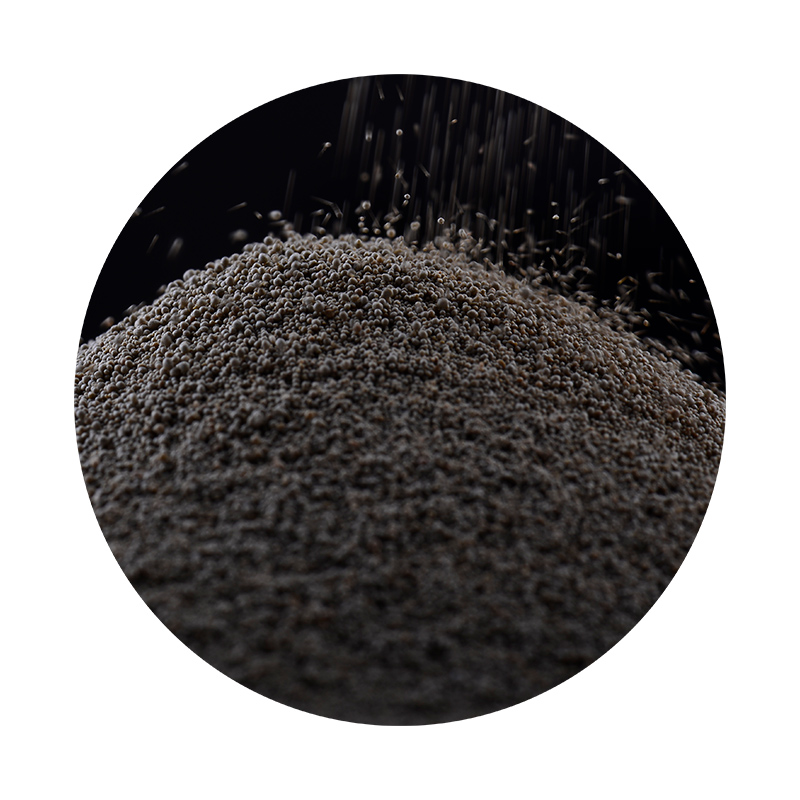Examples of Sand Casting Products
Sand casting is one of the oldest and most versatile manufacturing processes in the metalworking industry. It involves creating molds from sand to produce various metal components. This method is favored for its ability to create complex shapes and sizes, making it suitable for a wide range of applications across multiple industries. In this article, we will explore several examples of products created through sand casting, highlighting their significance and wide-ranging applications.
1. Engine Blocks
One of the most critical components in automotive manufacturing is the engine block. Engine blocks are typically made of cast iron or aluminum, and sand casting is the preferred method due to its capacity to produce parts with intricate internal geometries that facilitate engine cooling and oil flow. The casting process allows for high precision and durability, essential attributes for high-performance engines.
2. Pipe Fittings
Sand casting is commonly used to manufacture pipe fittings, including elbows, tees, and flanges. These fittings are essential for the plumbing and oil and gas industries, where they are used to connect pipes at various angles and junctions. The versatility of sand casting enables manufacturers to produce a wide range of sizes and shapes suitable for various industrial applications.
3. Gearboxes
Gearboxes, which transmit power between components, frequently incorporate sand-cast parts. Sand casting allows for the creation of complex geometries and internal cavities essential for gear engagement. These castings are often made from durable metals such as cast iron or ductile iron to withstand the stresses of mechanical operation. The lightweight yet strong characteristics of sand-cast gearboxes enhance overall machinery efficiency.
examples of sand casting products

Beyond industrial applications, sand casting also plays a significant role in art and sculpture. Artists utilize sand casting to create intricate statues, sculptures, and decorative pieces. The freedom to create custom molds allows artists to express unique designs, and the thermal properties of metals ensure their works are durable and weather-resistant when displayed outdoors.
5. Marine Components
Many marine applications rely on sand-cast products, such as boat hulls, propellers, and various fittings. The resistance to corrosion that metal components can achieve when cast is crucial in marine environments. Aluminum and bronze are commonly used in marine sand casting due to their lightweight and corrosion-resistant properties. These materials ensure that components endure harsh conditions while maintaining performance and reliability.
6. Aerospace Parts
In the aerospace industry, sand casting is utilized to create components such as brackets, housings, and manifold systems. The ability to produce lightweight yet strong metal parts is essential, as it directly impacts the performance and fuel efficiency of aircraft. The aerospace sector demands precision and reliability, and sand casting meets these requirements by allowing for the production of components that can endure extreme conditions.
7. Artillery and Weaponry Components
Sand casting is crucial in the defense manufacturing sector, particularly for producing parts used in artillery and other weaponry. Many components, including barrels and casings, are made using sand casting techniques. The toughness and durability of these castings are imperative for operational efficiency and safety, making sand casting a vital part of the defense supply chain.
Conclusion
Sand casting remains a widely used manufacturing process that produces a diverse range of products across various industries. From automotive engine blocks to intricate artistic sculptures, the versatility and reliability of sand casting cater to different needs and specifications. Its ability to create complex shapes and maintain a good finish makes sand casting a go-to process for many sectors. As technology evolves, sand casting is likely to adapt, integrating modern techniques such as computer-aided design and high-precision machining, thereby enhancing its role in future manufacturing endeavors. Whether in industrial applications or creative expressions, the importance of sand casting products cannot be overstated.
Post time:නොවැ. . 30, 2024 14:44
Next:चांगली वाळी काढून टाकते
